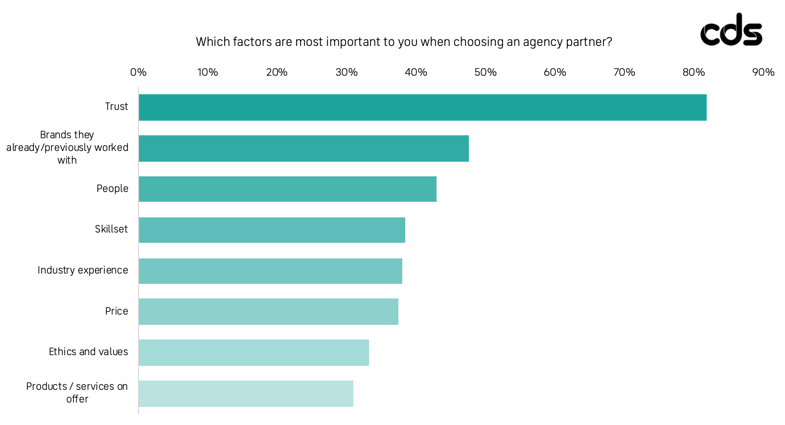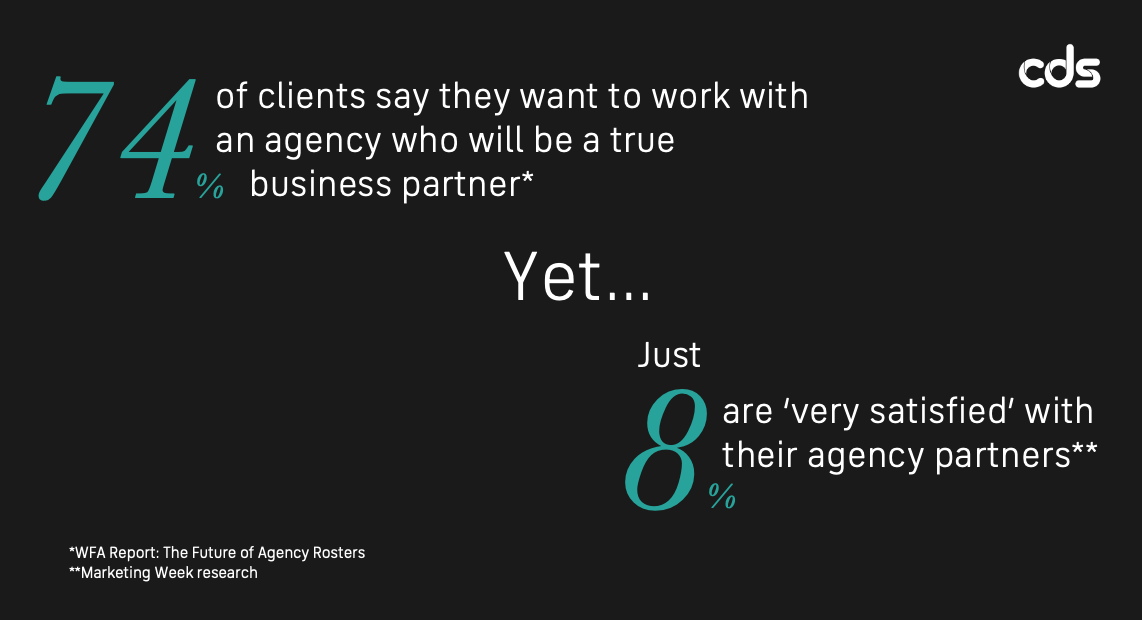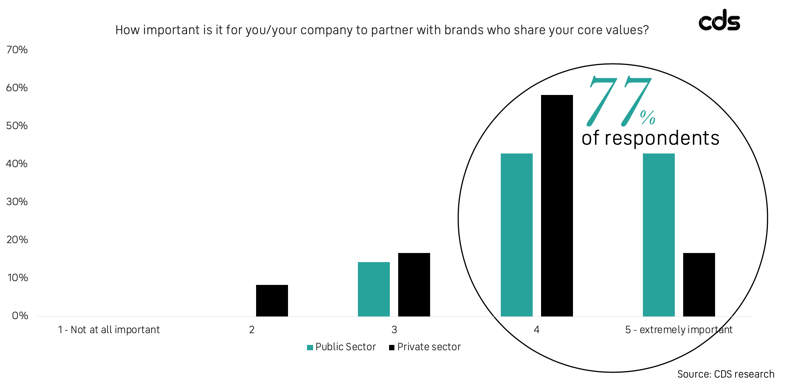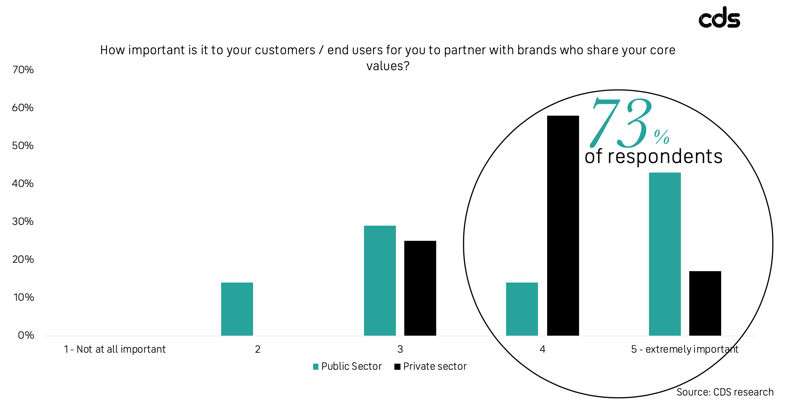Fixing the client / agency relationship – A tale of two sides
Posted in Insight
July 2019
4 minutes reading time
Part one: Client versus agency
The business landscape has changed vastly since the launch of the first commercial website in 1993 and is constantly evolving at a faster and faster pace. Organisations and agencies are under increasing pressure to deliver efficient, slick experiences on incredibly tight budgets and under strict time-constraints. Under this sustained pressure, the client/agency relationship has suffered and everyone is under pressure in 2019.
In part one of our ‘Why the client / agency relationship is broke and how we can start to fix it’ blog, we examine why the agency selection process is no longer fit for purpose and look at ways that we can start to change things for the better.
Part one: A process no longer fit for purpose
The way agencies are selected fundamentally hasn’t changed in line with the evolution of marketing and customer expectations.
How the agency selection process works:
- Clients come up with a brief and decide on their long-list.
- The agency receives the brief and goes through a go/no process.
- The agency decides to go for it and send in their proposal.
- The brand shortlists from all proposals received and decides which agencies they want to come in and pitch (usually around 3-5).
- The agencies come in and pitch.
- The best proposal wins…
Or does it…are the final decisions actually made on cost, or chemistry, or reputation?
As someone who has been involved in this process on both the client and agency-side, I can attest to the feelings of exhaustion, relief and (on occasion) frustration when an agency selection process comes to an end.
What about all the work and time and effort that goes into this process (on both sides)? How can we both be better at being open and honest about what we want and need from a client / agency relationship? How can we ensure the right agency (and proposition) is chosen?
What organisations want
We recently conducted some research around what organisations really want from their agency partners, and the results weren’t entirely surprising. Overwhelmingly, trust (82%) came out as the most important attribute.

But what do people mean when they talk about trust? Is it having a safe pair of hands, or an agency to work with in a true partnership? When you dig a little deeper, it seems to be more about having an agency that acts as a reliable partner and an extension of a marketing team.
Change is needed on both sides. Brands need to be clear about their expectations and be realistic. Inspiring agencies to want to come on a journey and be part of something right at the beginning of the process is a vital step, because something is not quite right.

Clearly, there is a massive gap in expectations here. If clients want to work with a true partner, but are generally dissatisfied with the service they receive, it feels like something is being missed in the pitch and selection process.
Previous experience, people and skillsets are also clearly important, but selecting an agency on vanity is just as dangerous as selecting purely on cost. The final decision should be made on an honest evaluation of all the strengths and weaknesses and exactly what each agency can bring to the table.
Until marketers tell agencies the issues they have during the pitch process, things will never improve, which will damage the long-term effectiveness of relationships and make everyone’s lives harder.
Robin Bonn (quote from Marketing Week)
How agencies can do better
Agencies need to be better at challenging, taking responsibility and remaining accountable for everything they do, instead of blaming a bad brief or following the money.
This best practice is rooted in four key areas:
1. The pitches they go for
When budgets need to be hit, it can be tempting to chase after every pitch on offer. But this is short-sighted and bad for everybody. Ensuring a pitch fits with an agency’s strategy, brand and ethos should lead to a well-thought-out proposition that considers the end user (covered in more detail in part two of this blog).
2. The clients they work with
It can be easy for agencies to feel they are ‘typecast’ and want to broaden the sectors they work with to appeal to more clients. However, this is an approach that needs to be carefully considered. Our research shows clients really value industry experience and want a knowledgeable agency, who can act as a partner and share their core values.

3. What they can (and can’t) realistically deliver
Any agency who wants to be seen as a true partner of their clients needs to be confident and comfortable with challenging the briefs they receive. This should be true even during the pitch process – before a relationship has been established.
4. Ensuring an alignment in values across brand and consumer
At CDS, we try to achieve cultural, technical and commercial alignment with the clients we work with - across both brand and end-user. Again, our research shows that organisations, both in the public and private sector, think this alignment of values is equally important to their end users.

So where do we go from here?
The good news is, we’re beginning to see a slight shift from our clients. We’re seeing it in some of the briefs we receive and we’re starting to see it in some of the pitch processes we are a part of.
Recent stories in the media also point to new methods being trialled by the likes of Britvic, M&S and P&G, which allude to the fact the existing model isn’t quite working for everybody.
In the second part of our ‘Why the client / agency relationship is broke and how we can start to fix it’ blog, we look at the need to gain a deeper understanding of the end user and how that plays a vital role in decision-making and the creative process.

